Engineering
Control Engineering
Views : 12
Source: https://en.jumo.de
Prepared By: Manfred Schleicher, Frank Blasinger
Usually dispatched in 2 to 3 days
Usually dispatched in 2 to 3 days
Category:
Engineering
Only logged in customers who have purchased this product may leave a review.
Related books
Engineering Drawing
Introduction
Basic concepts of engineering drawing; Instruments and their uses; First and third angle projections; Orthographic drawings; Principal views, Isometric views; Missing lines and views; Sectional views and convention practices; Auxiliary views.
Engineering Drawing
Introduction
Basic concepts of engineering drawing; Instruments and their uses; First and third angle projections; Orthographic drawings; Principal views, Isometric views; Missing lines and views; Sectional views and convention practices; Auxiliary views.
Maintenance Engineering
Introduction
• The same holds true for industrial equipment/system.
• Maintenance is one of the most indispensable job in any industrial organization.
Maintenance Engineering
Introduction
• The same holds true for industrial equipment/system.
• Maintenance is one of the most indispensable job in any industrial organization.
Engineering Bulletin
Introduction:
Founded in 1981, Purolite is a leading manufacturer of ion exchange, catalyst, adsorbent and specialty resins. With global headquarters in the United States, Purolite is the only company that focuses 100% of its resources on the development and production of resin technology. Responding to the needs of our customers, Purolite has built the largest technical sales force in the industry, the widest variety of products and five strategically located Research and Development groups. Our ISO 9001 certified manufacturing facilities in the U.S.A, Romania and China combined with more than 40 sales offices in 30 countries ensure complete worldwide coverage.
Engineering Bulletin
Introduction:
Founded in 1981, Purolite is a leading manufacturer of ion exchange, catalyst, adsorbent and specialty resins. With global headquarters in the United States, Purolite is the only company that focuses 100% of its resources on the development and production of resin technology. Responding to the needs of our customers, Purolite has built the largest technical sales force in the industry, the widest variety of products and five strategically located Research and Development groups. Our ISO 9001 certified manufacturing facilities in the U.S.A, Romania and China combined with more than 40 sales offices in 30 countries ensure complete worldwide coverage.
Engineering Design of a Disposable Water Bottle for an Australian Market
Abstract:
The primary purpose of this project is to investigate the engineering design process and use it to design a disposable water bottle for mass production that is aesthetically pleasing, structurally sound, market appropriate and financially viable. It is the intention that the water bottle, complete with branding, will go on sale in the Australian market. In the past decade bottled water has grown to become a major seller in the Australian beverage market. With many resources spent on the marketing and sales of a disposable water bottle, this project endeavor's to design a bottle tailored to its target demographic from the ground up. Largely in depth survey research from select focus groups within a target demographic will assure the accuracy of the specifications and the direct relevance to the intended consumer. An engineering design approach ensures that the bottle will not only be rigorously designed to heavily researched specifications but also computationally tested to guarantee the success of the completed product.
Engineering Design of a Disposable Water Bottle for an Australian Market
Abstract:
The primary purpose of this project is to investigate the engineering design process and use it to design a disposable water bottle for mass production that is aesthetically pleasing, structurally sound, market appropriate and financially viable. It is the intention that the water bottle, complete with branding, will go on sale in the Australian market. In the past decade bottled water has grown to become a major seller in the Australian beverage market. With many resources spent on the marketing and sales of a disposable water bottle, this project endeavor's to design a bottle tailored to its target demographic from the ground up. Largely in depth survey research from select focus groups within a target demographic will assure the accuracy of the specifications and the direct relevance to the intended consumer. An engineering design approach ensures that the bottle will not only be rigorously designed to heavily researched specifications but also computationally tested to guarantee the success of the completed product.
Engineering Aspects of Reverse Osmosis Module Design
Abstract:
During the half century of development from a laboratory discovery to plants capable of producing up to half a million tons of desalinated seawater per day, Reverse Osmosis (RO) technology has undergone rapid transition. This transition process has caused signification transformation and consolidation in membrane chemistry, module design, and RO plant configuration and operation. From the early days, when cellulose acetate membranes were used in hollow fiber module configuration, technology has transitioned to thin film composite polyamide flat-sheet membranes in a spiral wound configuration. Early elements – about 4-inches in diameter during the early 70s – displayed flow rates approaching 250 L/h and sodium chloride rejection of about 98.5 percent. One of today’s 16-inch diameter elements is capable of delivering 15-30 times more permeate (4000-8000 L/h) with 5 to 8 times less salt passage (hence a rejection rate of 99.7 percent or higher).
This paper focuses on the transition process in RO module configuration, and how it helped to achieve these performance improvements. An introduction is provided to the two main module configurations present in the early days, hollow fiber and spiral wound and the convergence to spiral wound designs is described as well. The development and current state of the art of the spiral wound element is then reviewed in more detail, focusing on membrane properties (briefly), membrane sheet placement (sheet length and quantity), the changes in materials used (e.g. feed and permeate spacers), element size (most notably diameter), element connection systems (interconnectors versus interlocking systems). The paper concludes with some future perspectives, describing areas for further improvement.
Engineering Aspects of Reverse Osmosis Module Design
Abstract:
During the half century of development from a laboratory discovery to plants capable of producing up to half a million tons of desalinated seawater per day, Reverse Osmosis (RO) technology has undergone rapid transition. This transition process has caused signification transformation and consolidation in membrane chemistry, module design, and RO plant configuration and operation. From the early days, when cellulose acetate membranes were used in hollow fiber module configuration, technology has transitioned to thin film composite polyamide flat-sheet membranes in a spiral wound configuration. Early elements – about 4-inches in diameter during the early 70s – displayed flow rates approaching 250 L/h and sodium chloride rejection of about 98.5 percent. One of today’s 16-inch diameter elements is capable of delivering 15-30 times more permeate (4000-8000 L/h) with 5 to 8 times less salt passage (hence a rejection rate of 99.7 percent or higher).
This paper focuses on the transition process in RO module configuration, and how it helped to achieve these performance improvements. An introduction is provided to the two main module configurations present in the early days, hollow fiber and spiral wound and the convergence to spiral wound designs is described as well. The development and current state of the art of the spiral wound element is then reviewed in more detail, focusing on membrane properties (briefly), membrane sheet placement (sheet length and quantity), the changes in materials used (e.g. feed and permeate spacers), element size (most notably diameter), element connection systems (interconnectors versus interlocking systems). The paper concludes with some future perspectives, describing areas for further improvement.
New Advances In Aerobic Granular Sludge Technology Using Continuous Flow Reactors: Engineering And Microbiological Aspects
Abstract
Aerobic granular sludge (AGS) comprises an aggregation of microbial cells in a tridimen sional matrix, which is able to remove carbon, nitrogen and phosphorous as well as other pollutants in a single bioreactor under the same operational conditions. During the past decades, the feasibility of implementing AGS in wastewater treatment plants (WWTPs) for treating sewage using fundament tally sequential batch reactors (SBRs) has been studied. However, granular sludge technology using SBRs has several disadvantages. For instance, it can present certain drawbacks for the treatment of high flow rates; furthermore, the quantity of retained biomass is limited by volume exchange.
Therefore, the development of continuous flow reactors (CFRs) has come to be regarded as a more competitive option. This is why numerous investigations have been undertaken in recent years in search of different designs of CFR systems that would enable the effective treatment of urban and industrial wastewater, keeping the stability of granular biomass. However, despite these efforts, satisfactory results have yet to be achieved. Consequently, it remains necessary to carry out new technical approaches that would provide more effective and efficient AGS-CFR systems. In particular, it is imperative to develop continuous flow granular systems that can both retain granular biomass and efficiently treat wastewater, obviously with low construction, maintenance and exploitation cost. In this review, we collect the most recent information on different technological approaches aimed at establishing AGS-CFR systems, making possible their upscaling to real plant conditions. We discuss the advantages and disadvantages of these proposals and suggest future trends in the application of aerobic granular systems. Accordingly, we analyze the most significant technical and biological implications of this innovative technology.
New Advances In Aerobic Granular Sludge Technology Using Continuous Flow Reactors: Engineering And Microbiological Aspects
Abstract
Aerobic granular sludge (AGS) comprises an aggregation of microbial cells in a tridimen sional matrix, which is able to remove carbon, nitrogen and phosphorous as well as other pollutants in a single bioreactor under the same operational conditions. During the past decades, the feasibility of implementing AGS in wastewater treatment plants (WWTPs) for treating sewage using fundament tally sequential batch reactors (SBRs) has been studied. However, granular sludge technology using SBRs has several disadvantages. For instance, it can present certain drawbacks for the treatment of high flow rates; furthermore, the quantity of retained biomass is limited by volume exchange.
Therefore, the development of continuous flow reactors (CFRs) has come to be regarded as a more competitive option. This is why numerous investigations have been undertaken in recent years in search of different designs of CFR systems that would enable the effective treatment of urban and industrial wastewater, keeping the stability of granular biomass. However, despite these efforts, satisfactory results have yet to be achieved. Consequently, it remains necessary to carry out new technical approaches that would provide more effective and efficient AGS-CFR systems. In particular, it is imperative to develop continuous flow granular systems that can both retain granular biomass and efficiently treat wastewater, obviously with low construction, maintenance and exploitation cost. In this review, we collect the most recent information on different technological approaches aimed at establishing AGS-CFR systems, making possible their upscaling to real plant conditions. We discuss the advantages and disadvantages of these proposals and suggest future trends in the application of aerobic granular systems. Accordingly, we analyze the most significant technical and biological implications of this innovative technology.




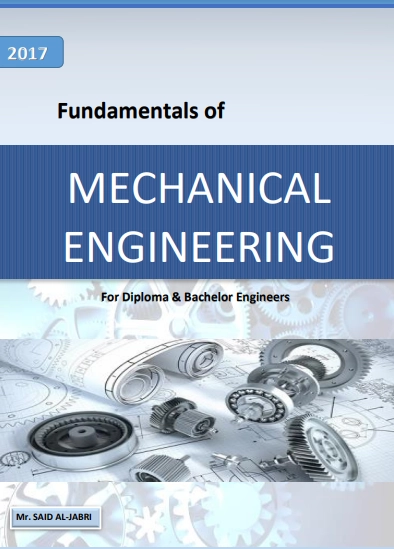

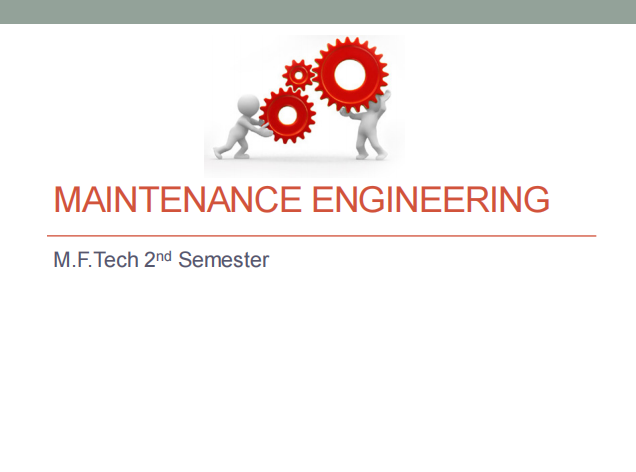
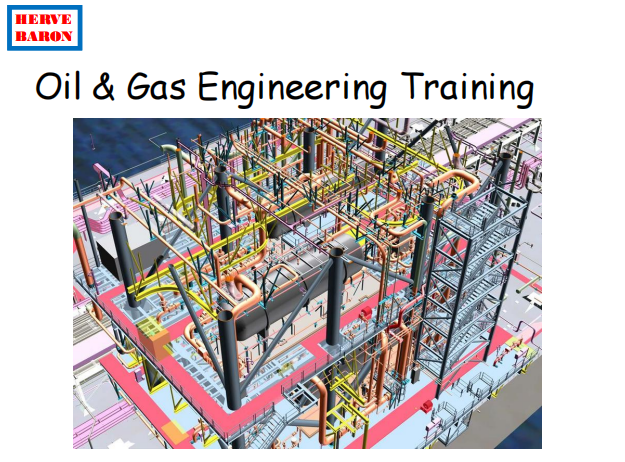


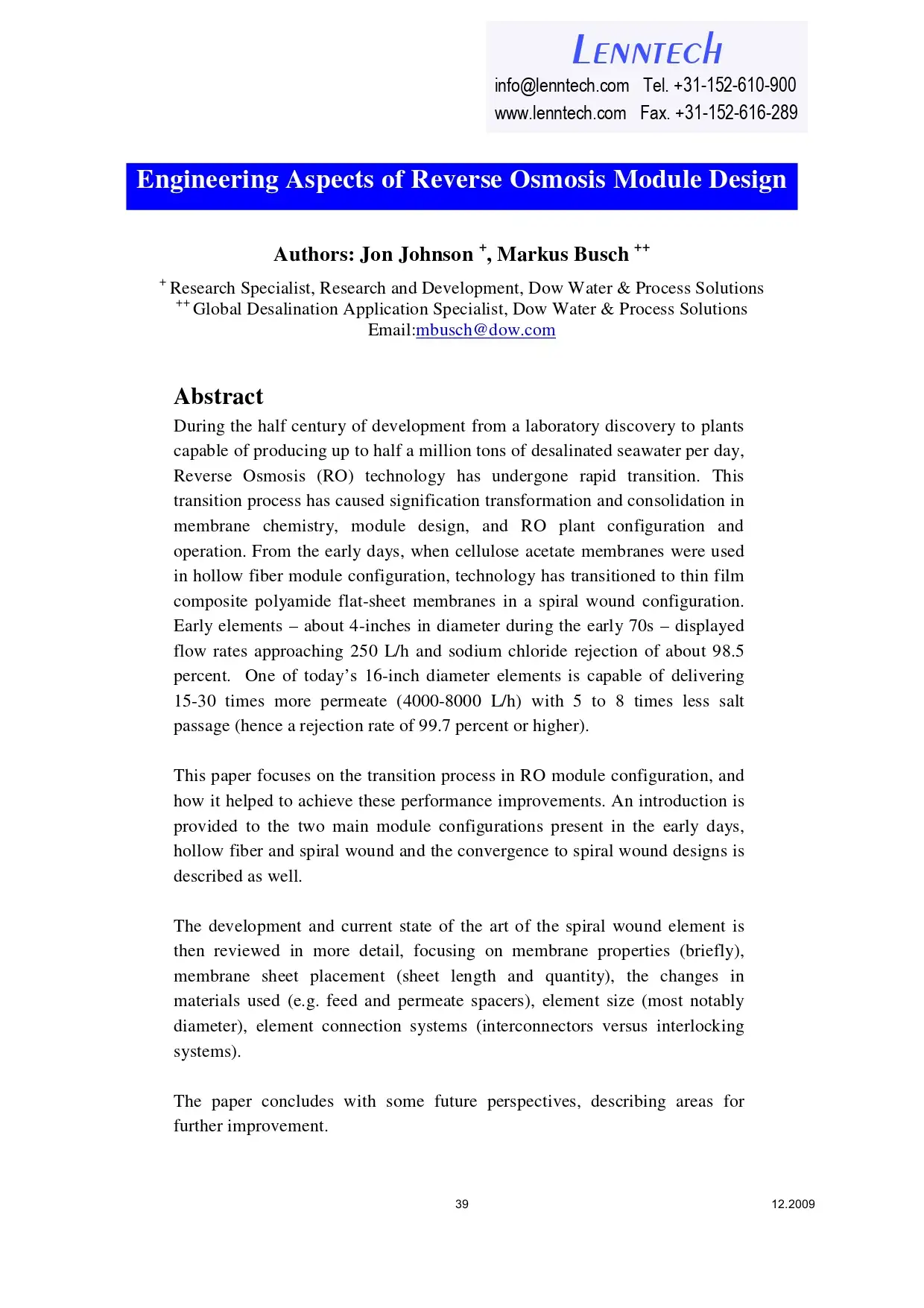
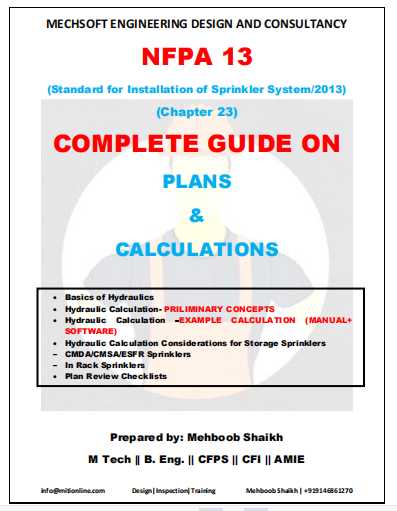



Reviews
There are no reviews yet.